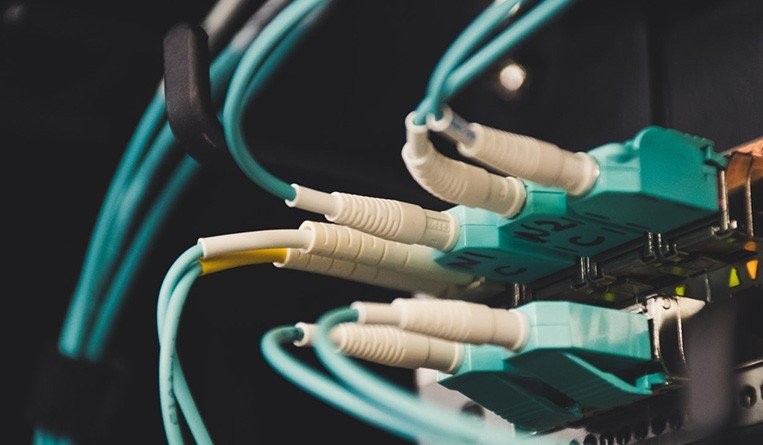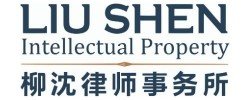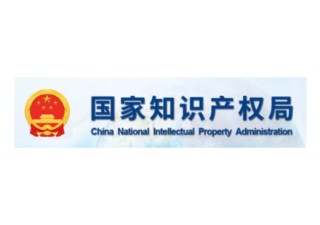In China, the number of standardessential patent (SEPs) lawsuits in the telecommunications field has been explosively increasing for the past two years, which fundamentally belong to royalty disputes. Accordingly, to resolve the disputes, it would be beneficial to find an appropriate approach of calculating SEP royalties.
Problems Existing in Commonly Used SEPS Royalty Calculation
One of the criteria to judge the reasonableness of the royalty calculation is whether it can reflect the realistic value of a patent. However, two commonly used approaches, the topdown approach and the comparable license approach, both have some realistic problems in patent value evaluation.
One noticeable problem in the topdown approach is the patentee’s unjust enrichment obtained through overdeclaration of SEPs and tricky patent layout. The top-down approach values the patents by multiplying a stacking royalty rate set in the industry by the value share of the patent portfolio in the whole patent pool. However, since there are a huge number of patents in the telecommunication standard patent pools and the number of patents in the patent package involved in a SEP-related lawsuit is often not small either, the calculation of the value share becomes very difficult. Therefore, in some cases, considering realistic operational reasons, the court directly used the “declared” number of patents, which is just the number declared to a standards organization (such as the European Telecommuncations Standards Institute) by the patentee himself, as the basis for calculation. In some occasions, the court even used the number of “patent families” instead of the number of patents. However, due to the following situations in reality, the reliability of the above top-down calculation method is reduced.
For example, some companies intend to improperly increase the number of their owned SEPs by making an over-declaration to the standards organization. Another situation is that some companies obtain a large number of patents in their own countries by using local advantages, where the result is that the number of members in each patent family is small while the number of patent families is large, improperly increasing the “value” share of their patents by indirectly breaking through the geographical limitation of patents. As a result, no accurate value of each patent can be calculated by using top-down approach, and therefore no reasonable royalty can be achieved either.
The main problem in the comparable license approach is that historical licenses may not reflect the actual current value of the patents. For the nondiscrimination rule under the FRAND principle, in practice, the patentee’s historical licenses often serve as a reference for determining the royalty for the patent package. However, some companies achieved ostensible highpriced historical license agreements by, for example, implicit rewards to licensees. Thus, such comparable licenses lost the comparability with the disputed hypothetical license in the lawsuit and cannot reflect the actual current value of the patents.
Suggested Calculation Methodology
To overcome the above problems, it is highly recommended to use the patent value evaluation approach, which usually involves essentiality evaluation and validity evaluation.
Essentiality evaluation may solve the problem of over-declaration. In a specific lawsuit, patent pools and/or patent packages can be evaluated for essentiality by an evaluating agency, based on the same evaluating criteria, and by means of random samples. For example, it is possible to use the same evaluating agency to randomly select a certain percentage of patents from a patent pool or a patent package, such as 10% of the patents from a patent package of 1,000 patents, to conduct an essentiality evaluation, then to derive a reliable percentage of SEPs from this pool/package. This method can ensure both practicality and reliability.
Making a validity evaluation by referring to the average number of members in patent families may prevent a patentee’s unjust enrichment obtained by using a tricky patent layout. The more patents that one patent family has, the more stable the patent usually is, because this means the patent endured many substantial examinations in different countries. Thus, the average number patents in patent families should be used as a measure of the patent’s validity.
Besides the above essentiality and validity evaluations, some other means can be used for further evaluating the value of a patent. For example, some value models in the asset evaluation field may be used. Each of the patents under analysis can be ranked according to the number of forward citations, be value-mapped according to the 2-8 value curve, and then the value of each patent can be estimated.
In summary, the method of patent value evaluation is a more appropriate way of calculating SEP royalties since it reflects the realistic value of a patent, which is fair to both the licensor and licensee, and therefore is beneficial to resolving SEP royalty disputes.










